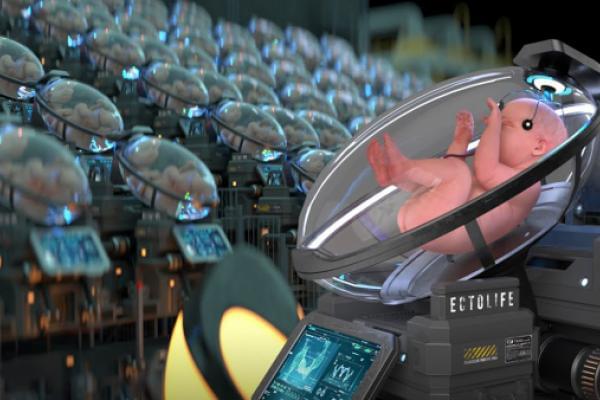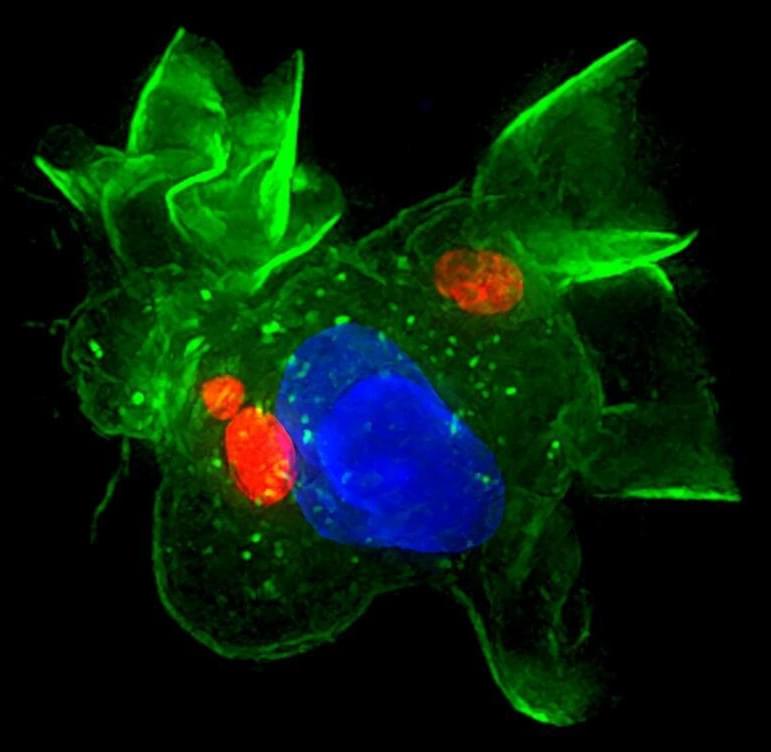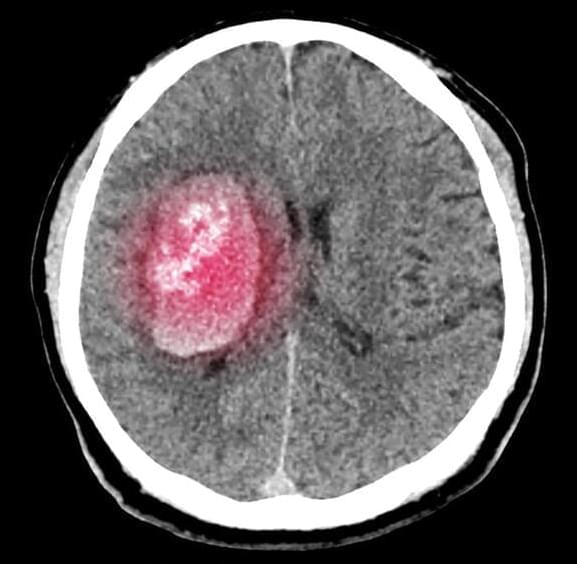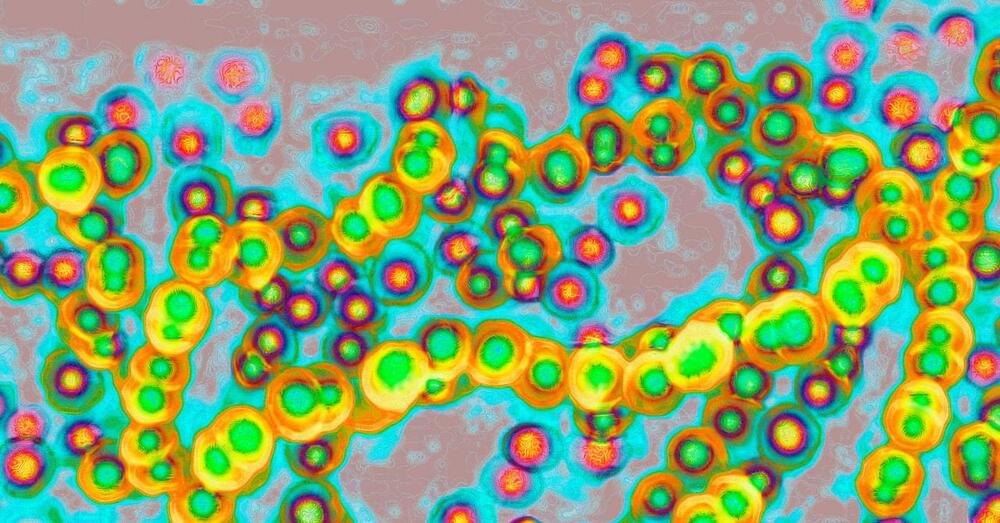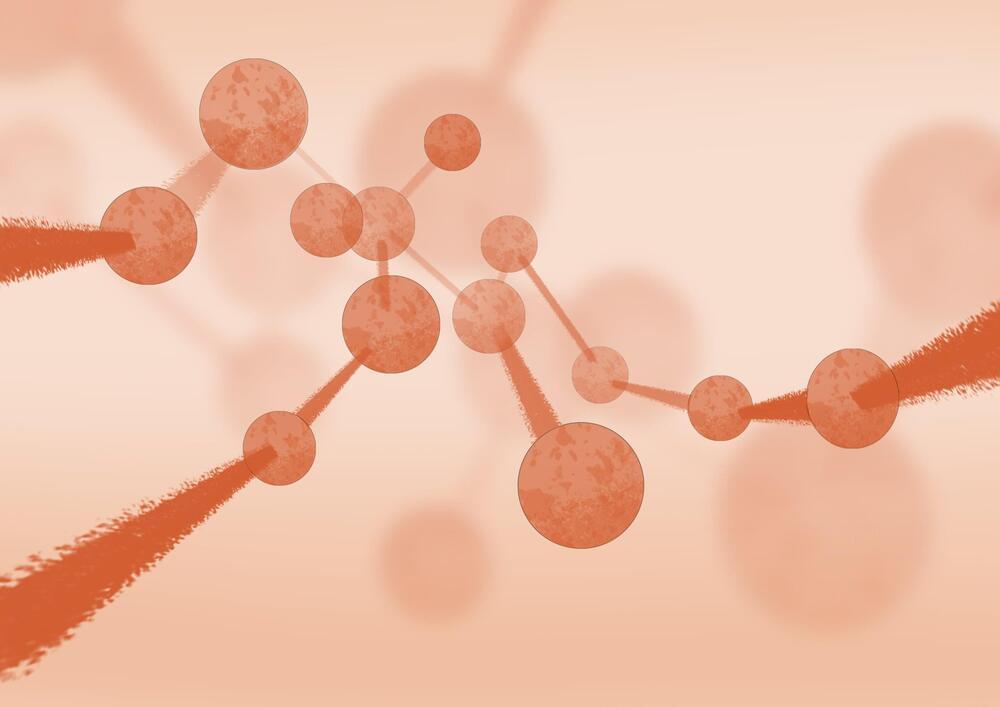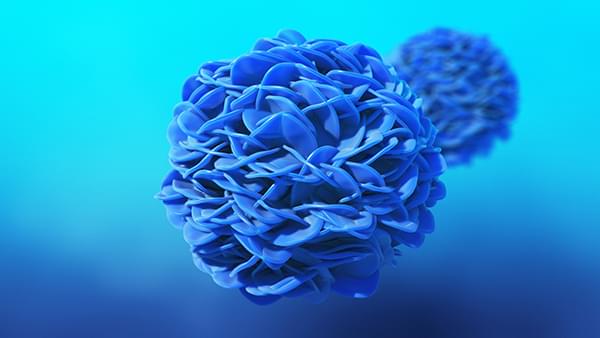😗
Billionaire Elon Musk has frequently spoken about his concerns about underpopulation. He has mentioned that people should focus on having more babies to resolve the problem of low birth rates and population collapse.
Earlier this year, Musk shared how the COVID-19 pandemic has resulted in a lower birth rate instead of the “baby boom” expected due to people being forced to stay indoors.
Now, a birthing facility could answer Musk’s concerns about the world’s low birth rates. The world’s first artificial womb facility, EctoLife, promises to produce customized babies.
